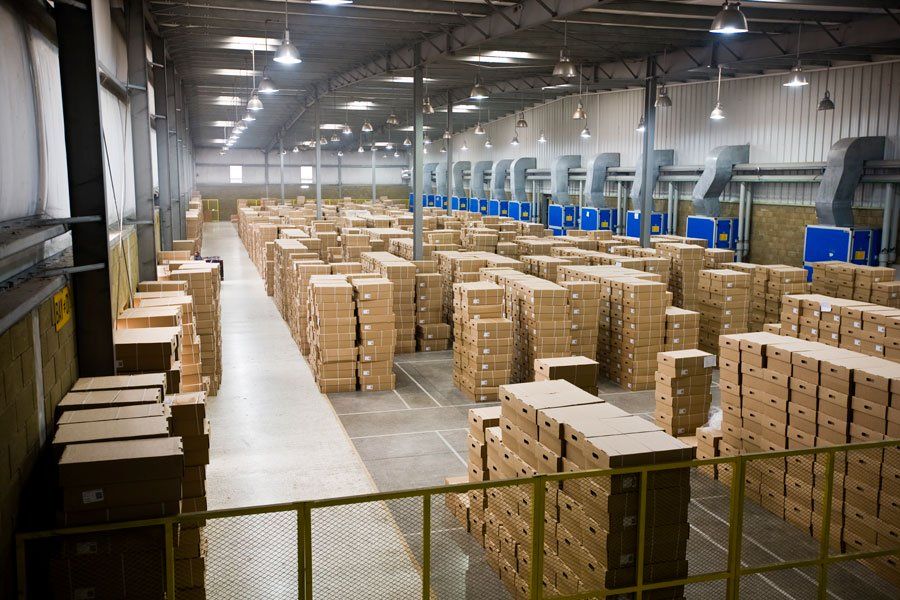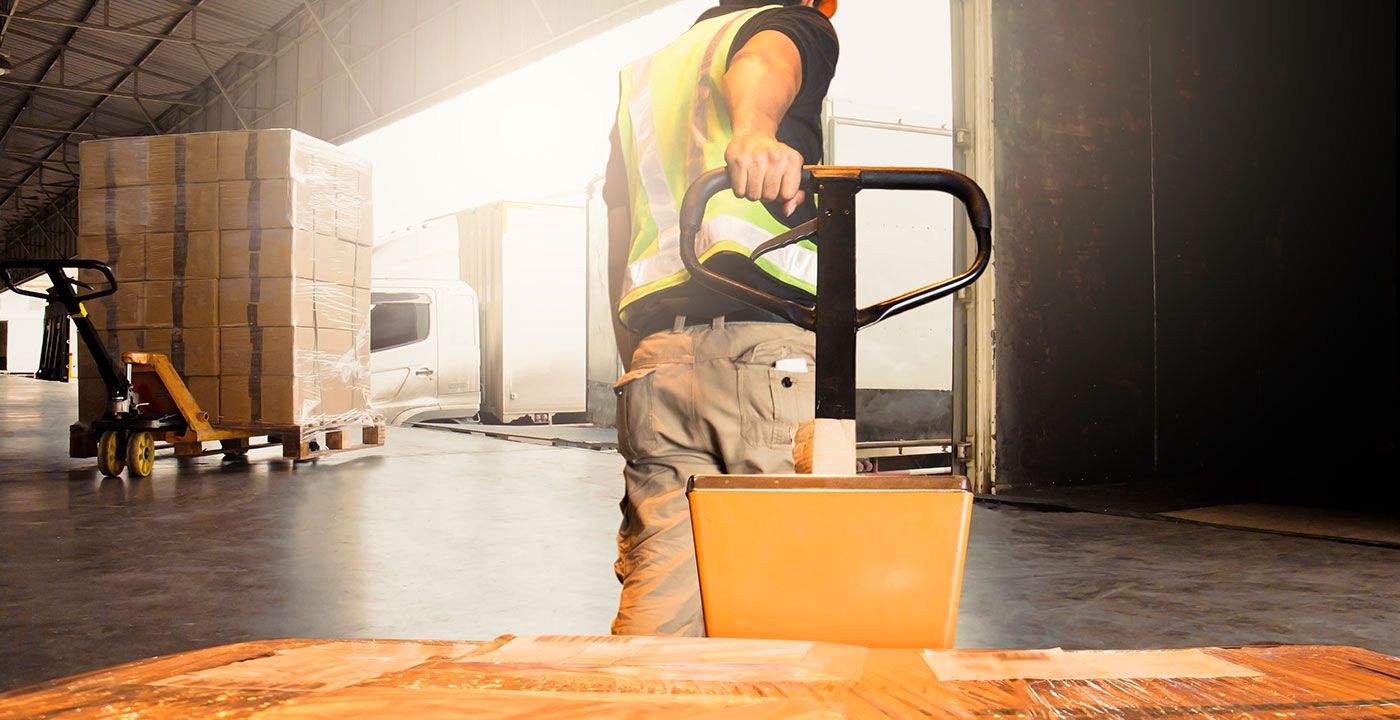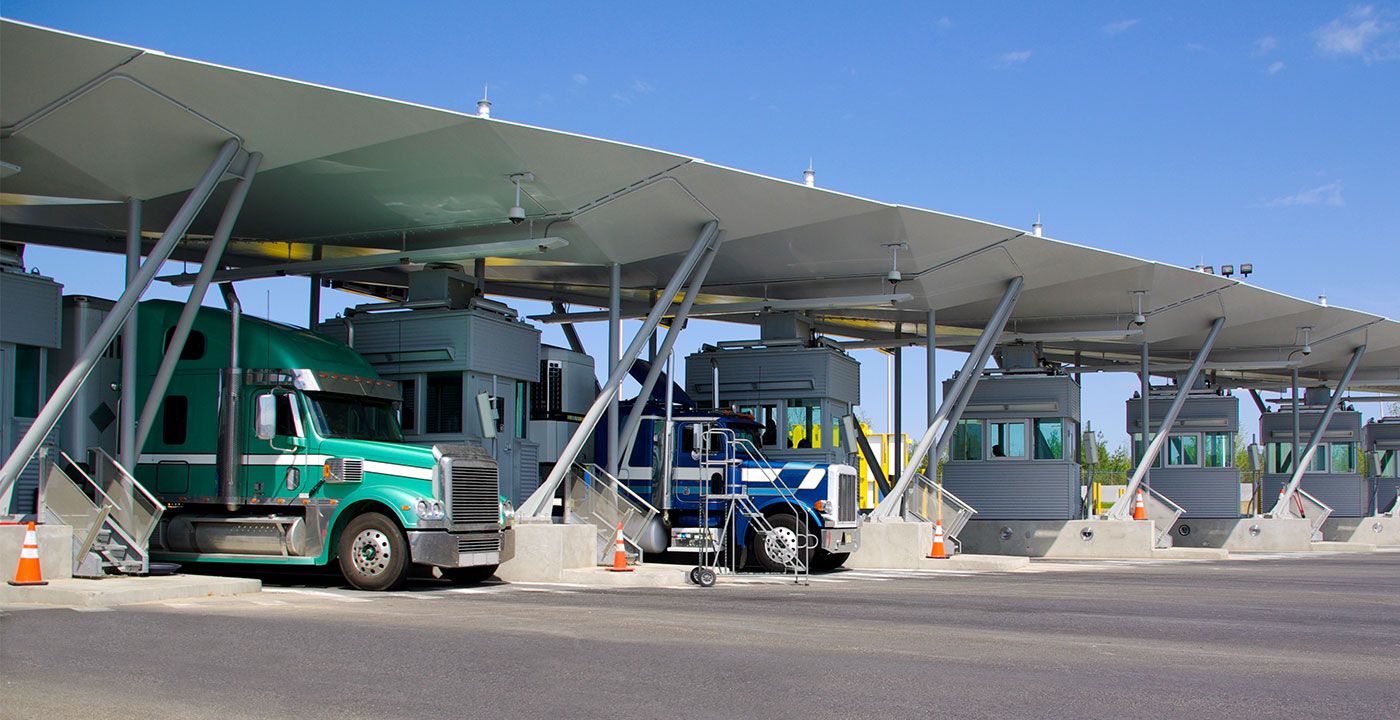E-commerce represents one of the single greatest factors impacting the future of LTL freight. In just two years — from 2017 to 2019 — e-commerce grew from roughly 11 percent of retail sales in the U.S. to nearly 17 percent. And that number will only continue to rise.
In fact, the growth rate for e-commerce spending has been between 13 to 16 percent over each of the past five years — a rate that far exceeds the one to five percent annual growth in traditional retail sales during the same period.
This rapid growth has repercussions throughout the supply chain, but particularly on less-than-truckload services.
Speed Is The Name Of The Game
The increase in e-commerce sales has also increased the demand for faster order fulfillment. Smaller, more frequent shipments are becoming more common.
According to a recent study, 63% of respondents said that delivery speed was an important factor in their selection of what products to buy online. These high expectations regarding delivery speed are forcing retailers and their supply chains to target ever-narrowing delivery windows and more cost-effective shipping options.
At least in part, this change in consumer demand for faster and less expensive shipping can be attributed to Amazon — whose Prime membership offers free two-day shipping on a wide array of products. It’s a strategy that’s paid off handsomely — with Amazon currently accounting for more than 43 percent of all U.S. e-commerce sales. This has forced other online retailers to follow suit, with lower and lower minimum orders being required for free shipping.
What’s more, over half (51%) of retailers now offer a same-day delivery option. That’s up from just 16 percent of retailers as recently as 2016.
Inventory Management Has To Change To Keep Pace
With such unforgiving delivery expectations, many companies are changing their approach to inventory management. Some of the largest retailers in the U.S. are either adopting or testing just-in-time inventory replenishment. JIT systems work to control costs by maintaining just the right quantity of inventory needed to meet the needs of end-customers.
Both Walmart and Target have begun implementing this practice – keeping a smaller quantity of a wider variety of products at distribution centers so that a product is more likely to be available to customers even if a store is out of stock.
These lower inventory levels have placed an even greater emphasis on accurate delivery times. And while this creates a challenge, it also offers a growth opportunity for LTL shippers.
Given the large number of products these distribution and fulfillment centers now must store, it’s neither practical nor possible for them to consistently receive full truckload shipments. While some shippers have turned to freight consolidation to help with this shift, it’s not always a cost-effective solution, which puts a spotlight on the need for reliable and timely LTL transportation.
Changes On The Horizon
This growth comes at a cost. In order to account for the changes caused by e-commerce, LTL providers must adapt their existing business models — and there are a few key areas where these adaptations will be felt most.
Number Of Providers
As the demand for LTL increases, existing providers will expand their operations to help meet capacity. At the same time, it’s likely that more small carriers and third-party providers will crop up to fill the void. This has the potential to be a double-edged sword. While any reputable new carrier will obviously help with a capacity crunch, their lack of existing relationships will lead many to offer cheaper rates as an incentive. This has the potential to impact the LTL landscape
Improving Technology
![]()
In addition to faster delivery times, the boom in e-commerce has created an environment in which both retailers and consumers expect to know exactly where an order is at any given time.
Historically, that’s been more of a challenge for LTL than for truckload. Updates would typically be provided at pickup, when and if the shipment passed through a major hub and following delivery. That’s all changing.
With investments in better tracking technologies, LTL carriers and third-party providers can provide real-time updates on the status of shipments. Beyond just offering both shippers and consumers improved visibility, this tracking gives carriers valuable information that can help them optimize their route planning, delivery timing and more.
Impact On Costs
Obviously, there’s a financial impact when discussing expanded services and updated technology. As demand increases for more and more targeted and “intimate” services (i.e., residential, curbside, or “white glove” delivery) additional costs will be inevitable. Time, fuel, added manpower and new equipment are just some of the improvements that will impose additional costs on carriers. Mitigating the impact those costs have on rates will be a challenge felt throughout the supply chain.
The Bottom Line
According to tech news site ZD Net, e-commerce’s share of U.S. retail sales could grow to as much as 35 percent in 2020. This explosive growth has the potential to provide a boon to shippers as more and more businesses turn to LTL to deliver their freight.
The companies that best adapt to rising consumer demands — both by reorganizing how they store, move, and distribute goods throughout their networks, and by staying in front of the technology that can streamline their operations — are the ones that will benefit most in this rapidly changing landscape.








